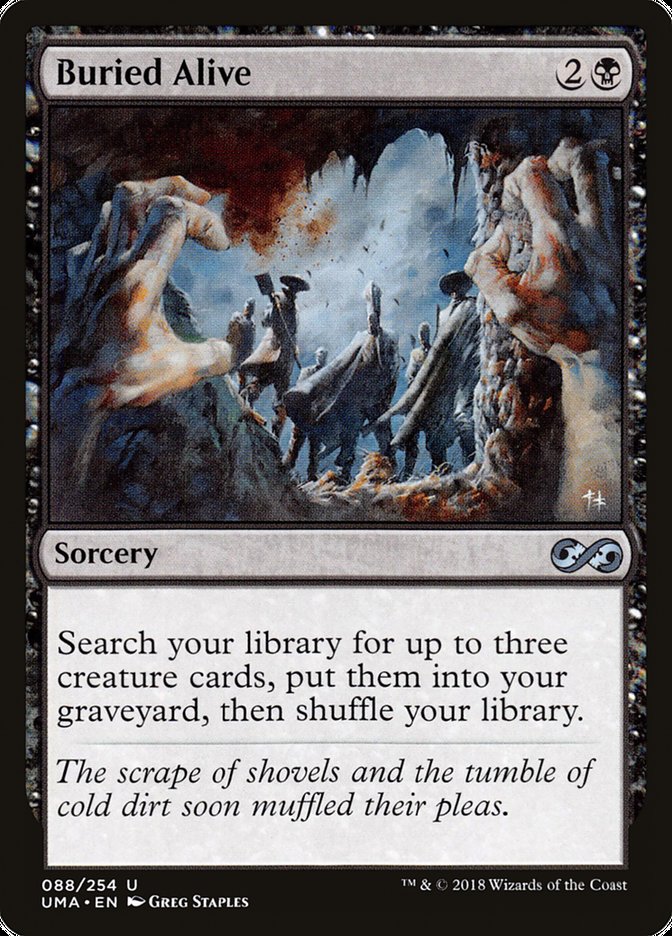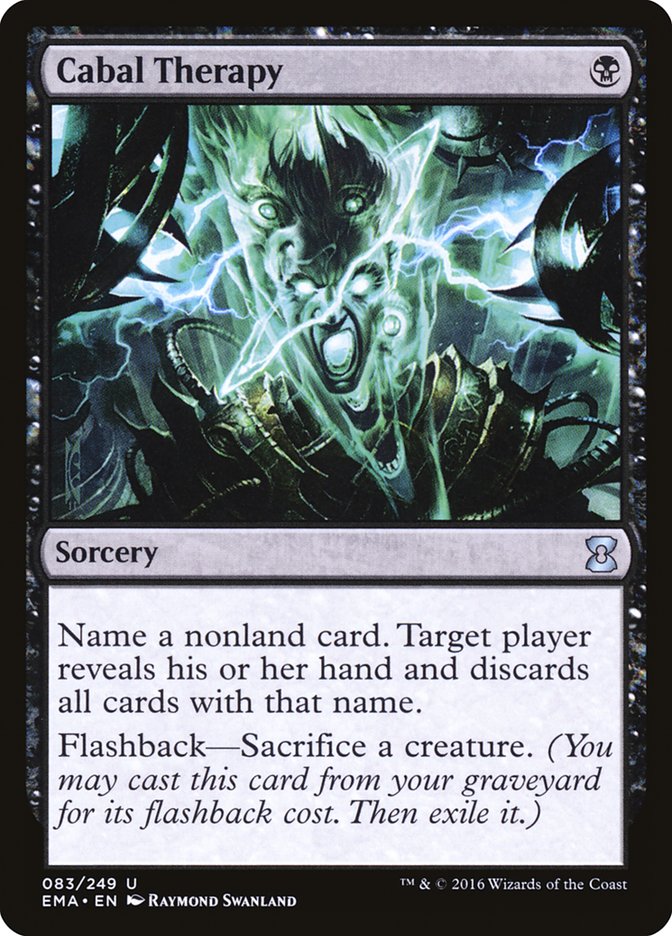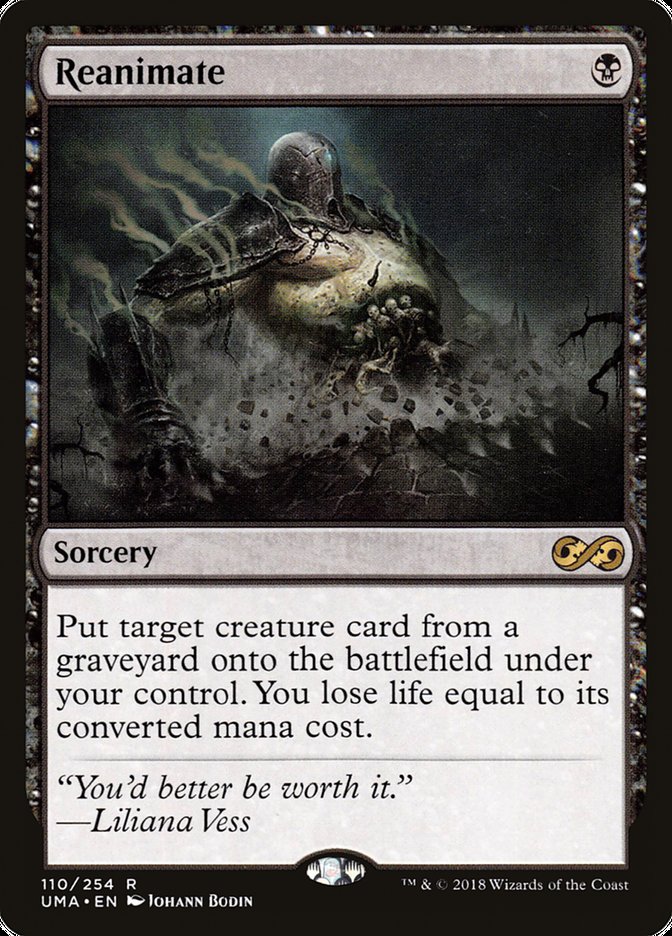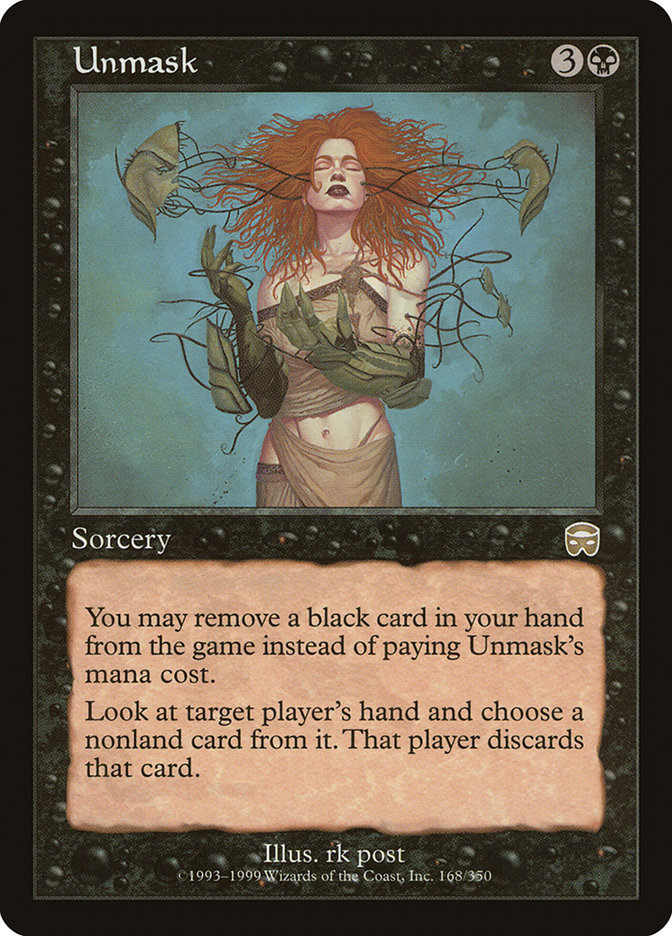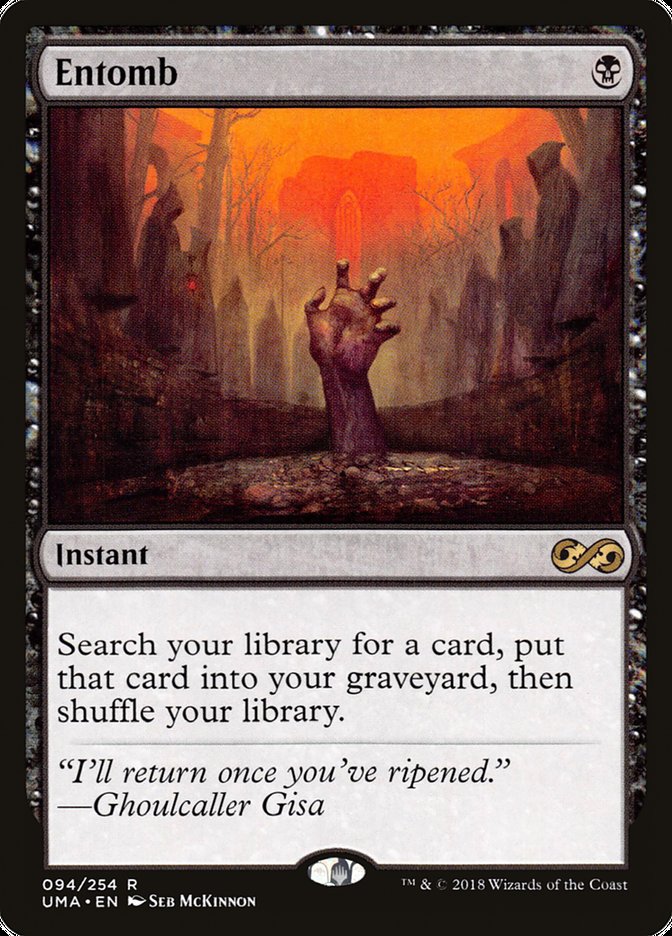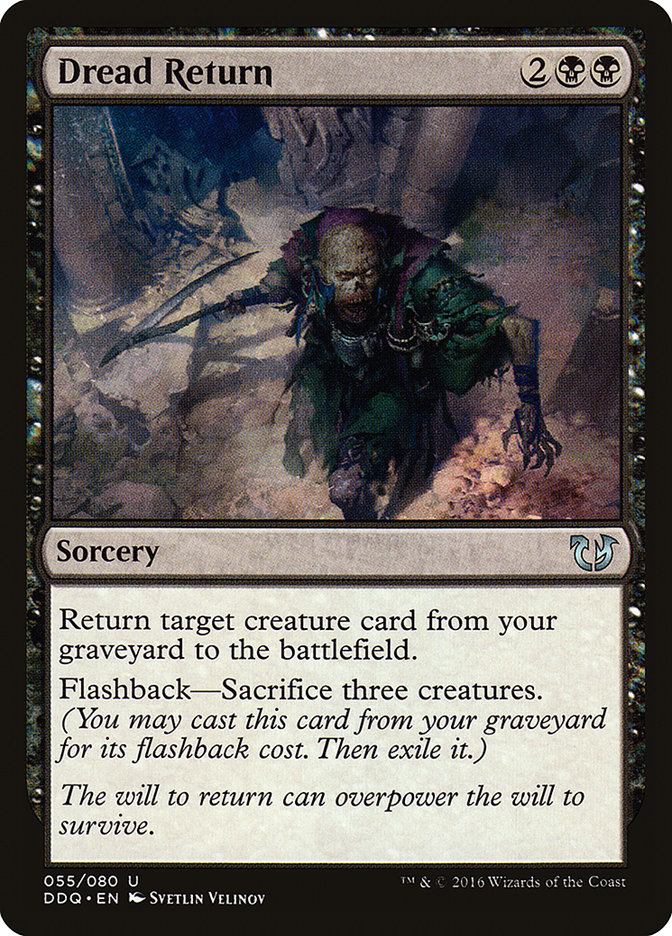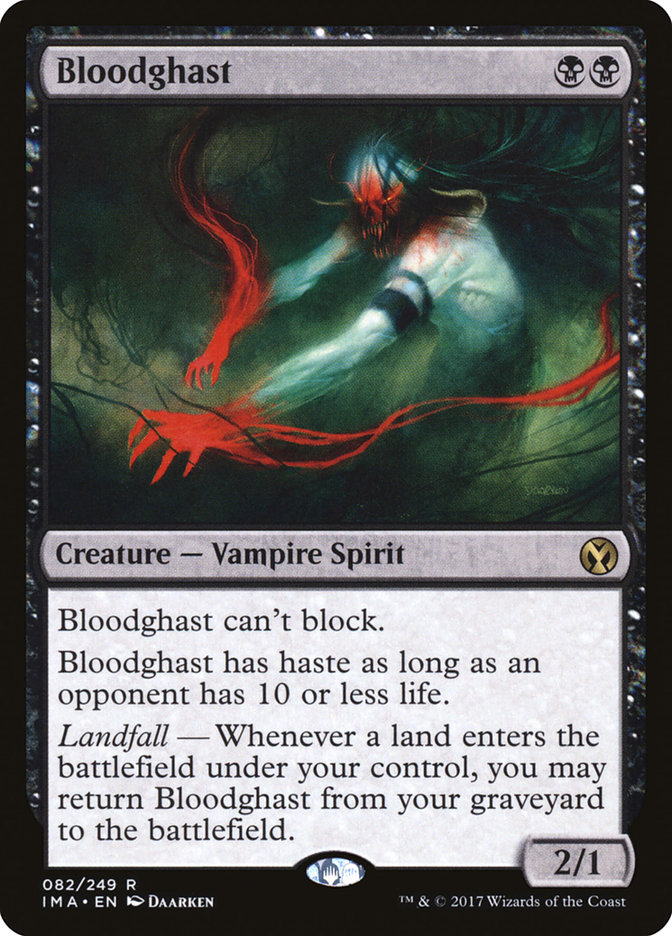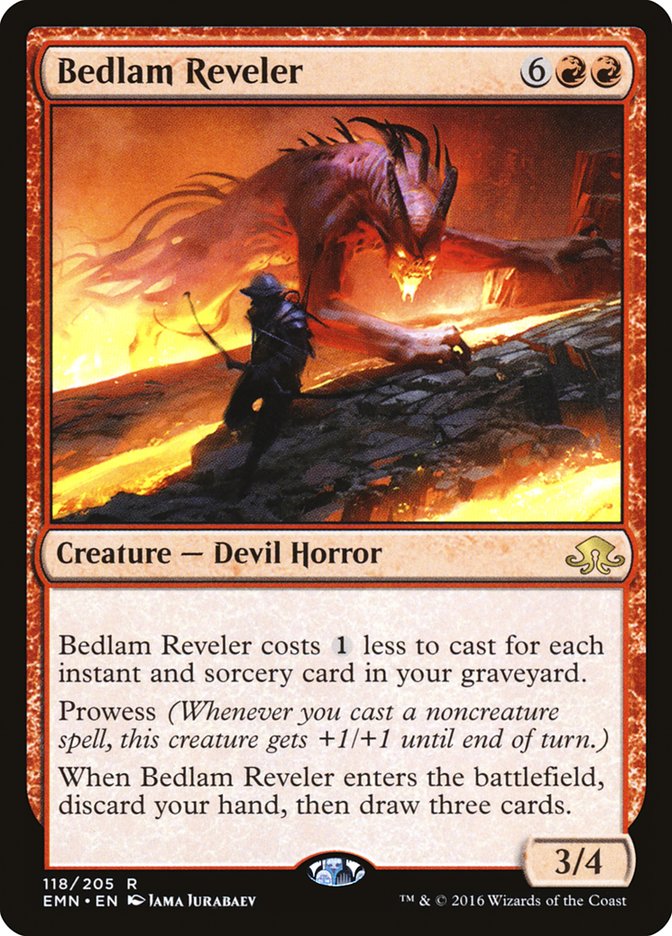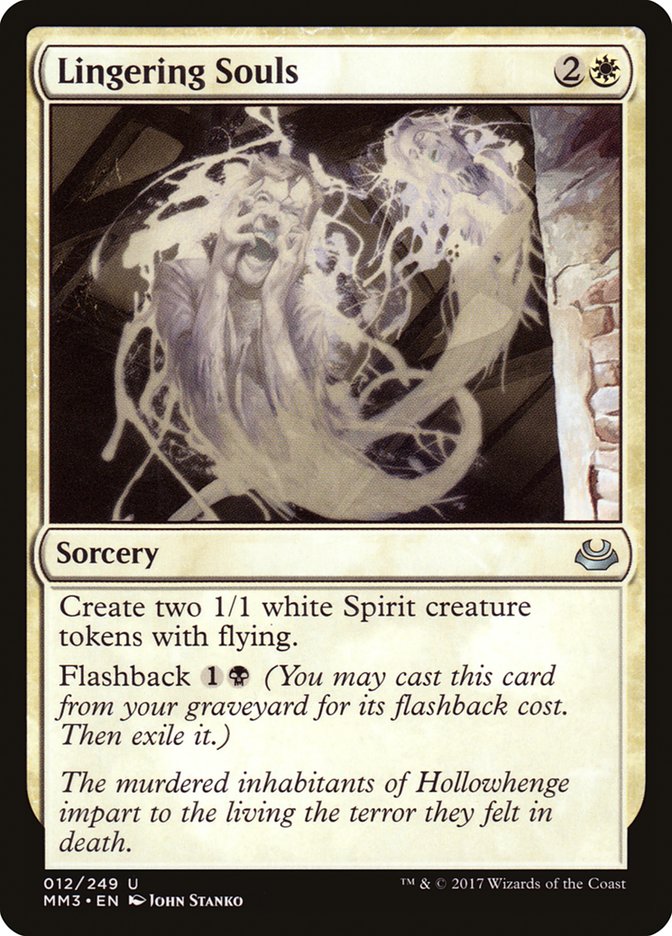Legacy Open this weekend in Syracuse, NY? Let’s get started.
Creatures (9)
Lands (16)
Spells (35)

Ever since Tommy Ashton caught my attention with Grixis Phoenix at #SCGBALT a few weeks ago, I can’t stop thinking about it. And while I am casting at #SCGNY, a Legacy Open, I very much wish I was playing instead. Why?
I just can’t get over Arclight Phoenix. From my article last week on the deck in Modern, to LSV’s performance at the Mythic Championship in Standard, all I’ve been able to play and think about is Arclight Phoenix in every format. Even in Legacy, it’s got a hold on me.
Last night, I spent a few hours playing variations on the archetype. I wanted to bring you the best possible Grixis Phoenix list before the tournament in hopes that my words would bring you success. After all, I don’t get to write about Legacy much, and with a new card looking to potentially dominate the format, there’s no better time to bring you that sweet Legacy content. I just hope I’m right.
But I’m not alone in thinking Arclight Phoenix is the real deal in Legacy. I’ve already played the mirror multiple times in Leagues, which means it’s starting to gain traction even without a ton of success in live play. And after playing just fifteen matches or so with Buried Alive and Arclight Phoenix, I can safely say that the combination is busted. But degenerate graveyard mechanics aren’t flashy or new. I just think more people are going toward Surgical Extraction as their anti-graveyard card of choice, and that just so happens to play right into your hands. Discard spells like Thoughtseize and Cabal Therapy help clear the way, leaving you free and clear to cast Buried Alive and start attacking for nine.
Creatures (11)
Lands (16)
Spells (33)
- 4 Brainstorm
- 4 Dark Ritual
- 4 Buried Alive
- 4 Cabal Therapy
- 3 Lotus Petal
- 4 Ponder
- 4 Thoughtseize
- 2 Forked Bolt
- 4 Preordain
Sideboard

The biggest innovation, for which I am not responsible, is the addition of Dark Confidant. In a deck featuring a ton of discard effects, Dark Confidant helps refill your hand, dig for more combo pieces, and outlast opposing disruption. If you’re playing against a control deck, a discard spell followed by Dark Confidant can lead to a steamroll of a game.
Dark Confidant also gives you a second threat that doesn’t rely on the graveyard, making things like Leyline of the Void or Rest in Peace much less effective. While they do stifle your primary plan, it’s important that your backup plans not attack from the same angle. One of the hardest parts of building an Arclight Phoenix deck is figuring out how to win the game without your primary win conditions, as they’re the target of much hate after sideboard. I’m happy to say that both Dark Confidant and Young Pyromancer fill this role almost flawlessly.
Cabal Therapy is one of the best cards in the deck, but maybe not for obvious reasons. As a discard effect, you can pick apart your opponent if they’re playing a slower strategy or take their disruptive element away from them before casting Dark Ritual into Buried Alive. It’s potent at protecting you from the one or two cards that could potentially affect you in the early turns of the game (Force of Will, Daze, Surgical Extraction). However, as the game goes long, it has more important functionality.
As a spell that can target any player, including yourself, you can use Cabal Therapy as a discard outlet for your own Arclight Phoenix. And if you have an Arclight Phoenix on the battlefield already, you can use Flashback on Cabal Therapy before combat to get an additional spell cast while snagging a Phoenix from your hand, all while taking away important pieces from your opponent. Cabal Therapy also happens to be absolutely sick alongside Young Pyromancer, giving you a way to disrupt an opposing combo deck effectively. That one-two punch has been strong against various combo decks for years and I’m glad we get to implement it here.
We Can Go Further
I haven’t had the chance to explore much further than this, but I’ve been brainstorming a few other ideas over the last few weeks. While Grixis is probably the best color combination at the moment, I think there’s merit to sticking to two colors. But which two-color combination am I talking about? All of them!
Creatures (11)
Lands (15)
Spells (34)
- 4 Reanimate
- 4 Dark Ritual
- 4 Unmask
- 4 Entomb
- 4 Buried Alive
- 4 Cabal Therapy
- 4 Lotus Petal
- 2 Thoughtseize
- 4 Faithless Looting
Sideboard

This version is a bit more reliant on the graveyard but has some wonderful things going on. Entomb does a ton of work here, acting as a way to enable Reanimate on the small number of large monsters, while also acting as an Arclight Phoenix after hitting your opponent with a discard spell or two. But my favorite part of all is using it to find Cabal Therapy when you already have a Young Pyromancer on the battlefield.
There are quite a few more targets for Entomb I want to try, but I’ll get to that in a moment.
Unmask is probably the most potent form of disruption to pair with Arclight Phoenix. Not only is it a proactive form of disruption, it’s also free. And if we’ve learned anything from playing stuff like Manamorphose and Gut Shot in Modern, it’s that free spells turn Arclight Phoenix from good to great.
Unmask is a bit stressful on your resources, which is the cost you pay for an effect so powerful. And like Force of Will, it influences your deckbuilding choices significantly (more black spells). But overall, some of my most degenerate starts with Buried Alive and Arclight Phoenix came from this version. And though it has some problems, I learned a lot from it.
After playing a bit with this version, I brewed up a list that I wanted to try, but I haven’t gotten around to it. Regardless, it implements a lot of the ideas I wanted to try after playing with the hardcore combo Rakdos version.
Creatures (10)
Lands (18)
Spells (32)
- 2 Lightning Bolt
- 4 Dark Ritual
- 4 Unmask
- 4 Entomb
- 4 Buried Alive
- 4 Cabal Therapy
- 1 Dread Return
- 4 Thoughtseize
- 4 Faithless Looting
- 1 Lingering Souls
Sideboard

Entomb isn’t as degenerate in this deck, but we still put it to work. Alongside Cabal Therapy or Dread Return, it can act as two spells for Arclight Phoenix. But most of the time, it’s just going to give you an Arclight Phoenix after using a disruption spell or two. This might be the fairest Entomb deck ever built!
A free spell for Arclight Phoenix, Dread Return also pairs nicely with Young Pyromancer to give you a freebie Bedlam Reveler if you draw two copies. With Faithless Looting or Entomb, putting it into the graveyard is easy. And while Bedlam Reveler is the only real target, it’s powerful enough if you draw multiple copies of Entomb, or if your opponent has killed or forced you to discard a Bedlam Reveler.
The two copies of Bloodghast are there to give us a few more uses for Entomb, Cabal Therapy, and even Buried Alive. Alongside Entomb, Bloodghast can give you multiple “spells cast” for Arclight Phoenix thanks to Cabal Therapy. One copy is probably correct, but I could see more if you want some protection from sideboard Surgical Extraction or just a higher threat density.
Originally, I wanted more copies of Bedlam Reveler in this deck, but it just doesn’t work all that well with Dark Ritual as the mana generation spell. In Modern, you can use red Rituals to give yourself extra red mana, but the Dark Ritual into Buried Alive makes it a lot harder to justify playing more than a single copy of Bedlam Reveler. It is a fine card to draw in the longer games, as well as a decent threat to get when you draw double Entomb and want to use them to find a creature and Dread Return, but it might ultimately just be a bit too cute.
If you want to play a fair game, Lingering Souls helps out in this regard. It gives you protection against Delver of Secrets, you can find it off Entomb, and it pairs nicely with Cabal Therapy to keep hitting your opponent’s hand. Flashback cards have always intrigued me with Entomb, and I think Lingering Souls makes a fine addition.
Moving out of Rakdos, you can try a version that’s untested, yet makes a lot of sense in my head.
Creatures (9)
Lands (15)
Spells (36)
- 4 Brainstorm
- 4 Dark Ritual
- 4 Unmask
- 4 Entomb
- 4 Buried Alive
- 4 Cabal Therapy
- 4 Lotus Petal
- 4 Ponder
- 4 Thoughtseize
Sideboard

This one feels a bit more stable, but ultimately less effective against graveyard hate. I’m hoping to fight through graveyard hate by making them discard with the plethora of discard at my disposal, or potentially bouncing Leyline of the Void with Echoing Truth. Young Pyromancer is missing here, but I’m hoping that the “fair” plan of Entomb into Arclight Phoenix helps increase the overall threat density.
My hope is that this version utilizes the strength of Dark Confidant by stripping both players of their resources (Unmask in tandem with the other discard) and riding the card advantage to victory. And while we’re missing Preordain, we need to fit as many black spells into the mix as possible for Unmask.
Weekend Warrior
While I don’t know what version is best, the most tuned one is the original Grixis Phoenix. I’m confident that at least one known player will pilot the archetype, come prepared with a great sideboard plan, and dominate the event. The combination of Buried Alive and Arclight Phoenix is incredibly strong and works almost flawlessly in tandem with those protective discard spells. Because they work well with Dark Ritual, performing the combo on the second turn alongside a discard spell is super easy.
But the strength of Arclight Phoenix is obvious. It’s been dominant in Modern, and I think it’s only fair that something in Legacy should put it to good use. Buried Alive is the perfect pair to Arclight Phoenix in that it chains with Dark Ritual and also counts as a spell toward returning them to the battlefield.
In a lot of ways, Buried Alive into Arclight Phoenix reminds me of Survival of the Fittest combined with Vengevine, a combo ultimately deemed too powerful in Legacy. I wouldn’t be surprised to see evolutions of Arclight Phoenix eventually take over the format as people realize how potent a combo is that can be paired with discard effects in a proactive disruption package. Proactive disruption is a big deal in Legacy, because that protection gives you a way to protect your own combo while disrupting your opponent. It’s why Force of Will combo decks have been so strong for as long as I’ve been playing the format, and why Sneak and Show has been one of my favorite combo decks in Legacy for years.
In a lot of ways, Buried Alive into Arclight Phoenix feels like Sneak and Show, in that it’s pretty easy to assemble and usually ends the game. Ultimately, assembling triple Arclight Phoenix isn’t as powerful as a single Griselbrand, but it’s significantly easier to put together.
Before we go, I just wanted to say that I’m very much looking forward to this weekend, but mostly to see if anyone can break Arclight Phoenix. This is the first solo Legacy Open in quite some time, and casting the event from the booth should be a delight.
Bonus Decklist!
Creatures (10)
Lands (19)
Spells (31)
- 4 Brainstorm
- 4 Force of Will
- 1 Intuition
- 4 Daze
- 4 Ponder
- 4 Manamorphose
- 2 Gut Shot
- 4 Faithless Looting
- 4 Thought Scour
Sideboard



